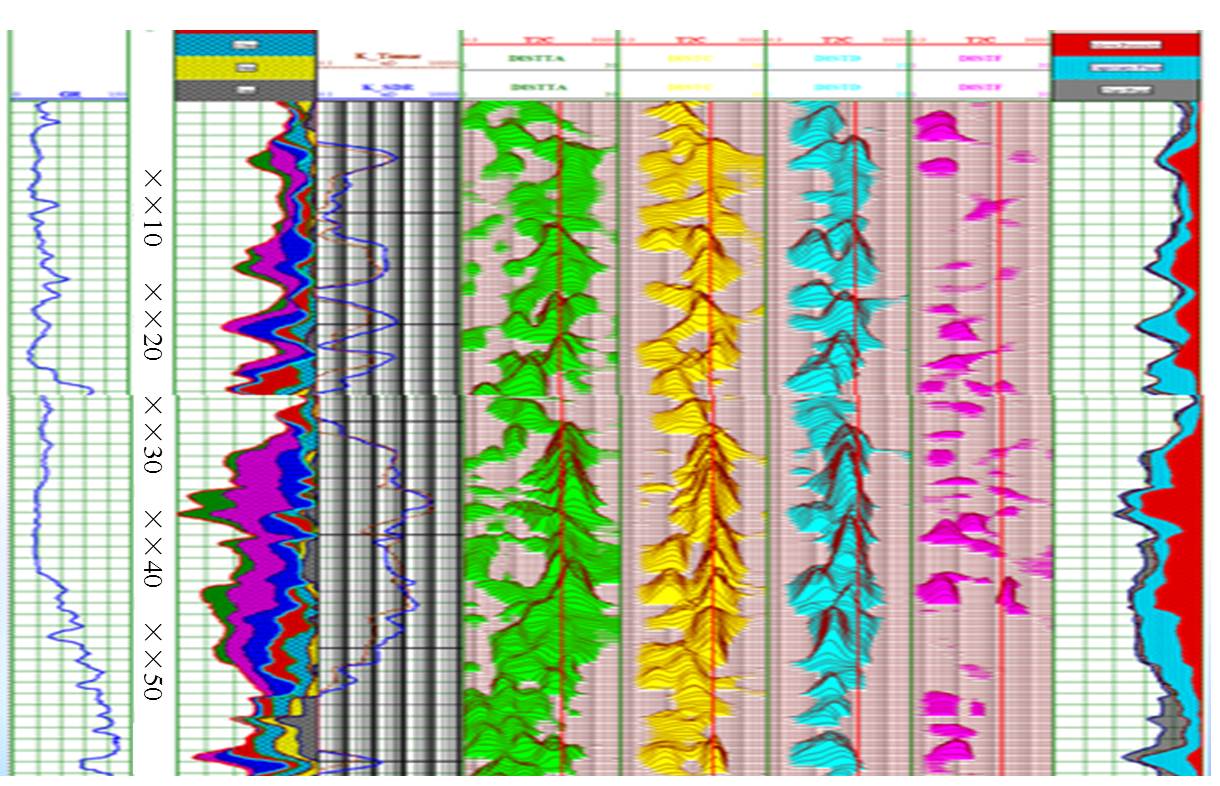Application of the EMRT: a case study
- 1. China Oilfield Service Limited, Well-Tech R&D Institutes, Beijing, China
- 2. State Key Laboratory of Petroleum Resource and Prospecting, China University of Petroleum, Beijing, China
EMRT, the COSL Nuclear Magnetic Resonance (NMR) apparatus has been developed and employed in many oilfields worldwide. We present here a through case study to show benefits and limitations of such device and suggest operation guidance.
The NMR logs of a total of 600 meters were measured in 12 hours in well A. Three different frequencies are used to acquire the echo trains with CPMG sequence as shown in Figure 1. Total porosity, differential spectrum and shift spectrum are processed with different polarization times and echo spacing. Two layers of oil reservoir have been found which were considered to be a dry formation and a water formation with conventional logs. From the sidewall coring and testing, it is confirmed that the EMRT identified two pay zones.

In figure 1, Notice below: in track 1, natural gamma ray; in track 2, depth from ××10 to ××50; in track 3, bins porosity calibrate with T2 distribution from 1ms, 3ms, 10ms, 33ms, 100ms, 300ms to more than 1000ms; in track 3, permeability calculated from SDR formula and Coates formula; in track 4,5,6, T2 distribution measured with long polarization time of 7.8 seconds and short echo spacing of 0.6ms, 1.5ms, 2.1ms respectively; in tack 7, differential spectrum; in track 8, NMR pore volume of clay bound water, capillary bound water and free fluid.
